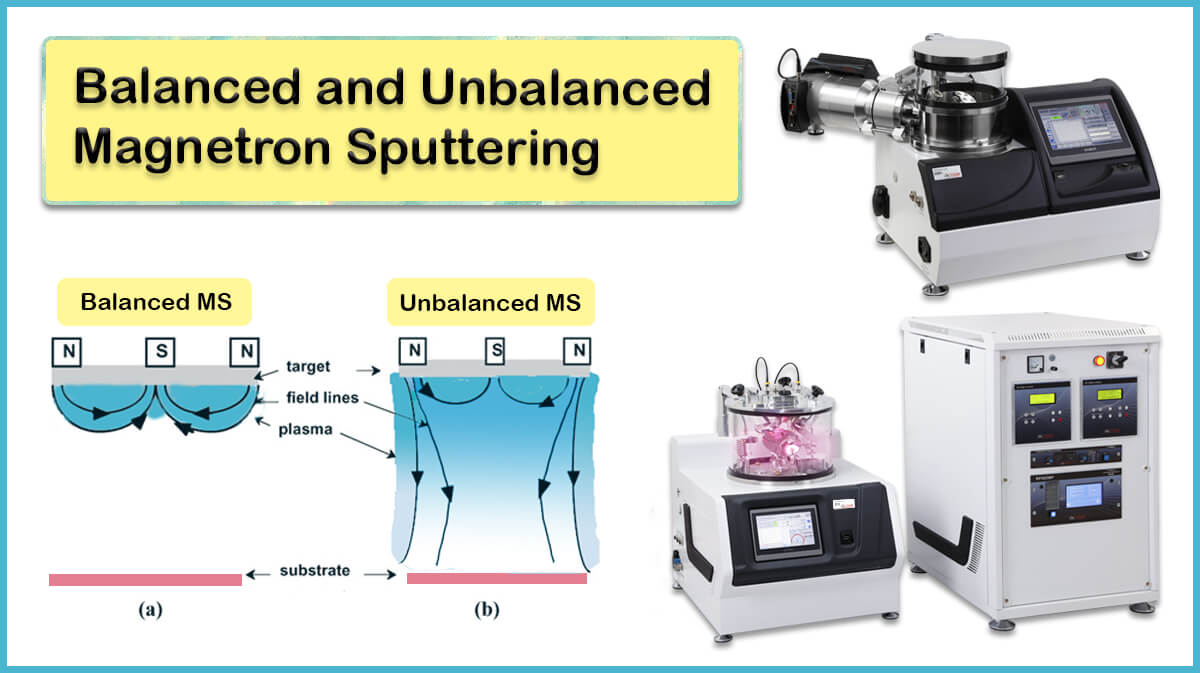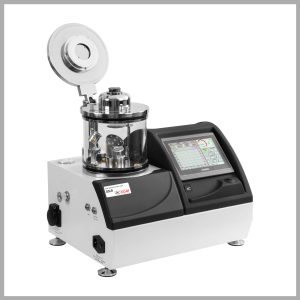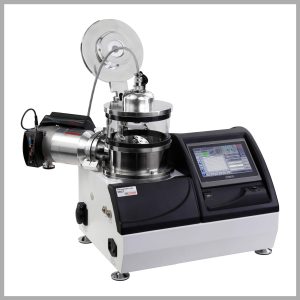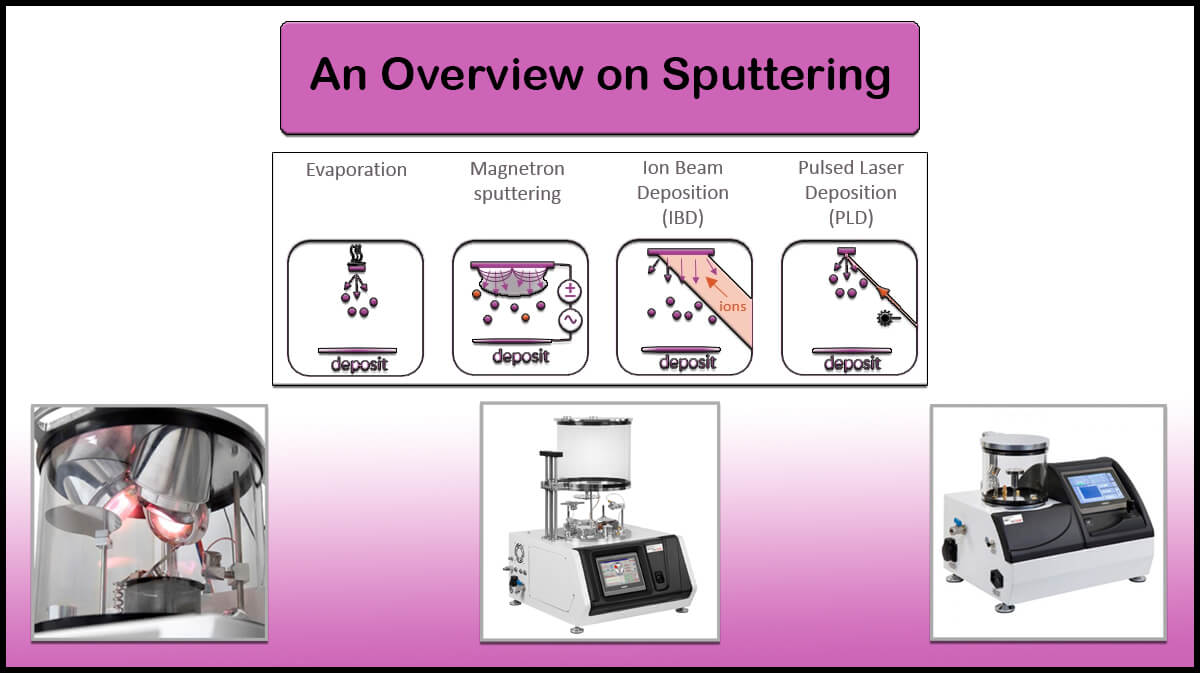
Case Study: The Role of Unbalanced Magnetron Sputtering on the Characteristics of Tin Dioxide Thin Film
Indian researchers have succeeded in improving the optical, electrical, and structural properties of tin dioxide thin film by investigation the effect of using unbalanced magnetron sputtering on the properties of tin dioxide thin film.
Tin dioxide (SnO2), has received significant attention due to its potential applications in various fields such as coatings, energy harvesting, sensors, and electronic devices. Since the characteristics of the thin films depend on the conditions of the deposition and deposition methods, a lot of studies have been done on the deposition of the material, so that it can be used optimally. Studies of this research group have been done on a thin film of tin dioxide deposited on a silicon substrate using an Unbalanced RF Magnetron Sputtering method (choose the best material for your deposition).
According to the results of these studies, the crystallographic structure of the deposited thin film have random orientation with (110), (101), (211), (200), and (111) peaks. As the power raised to 200W, the films showed a dominant (101) orientation compared to other peaks, representing highly oriented SnO2 thin films obtained by changing the applied RF power(Read more about RF Sputtering).
Balanced vs Unbalanced Magnetron Sputtering
The XRD results confirm that the thin film deposited by the unbalanced magnetron sputtering method in terms of crystalline properties in all RF power range has a better quality than the thin film deposited by the conventional balanced magnetron sputtering method. This effect is due to the re-crystallization of the thin film during the ion bombardment.
The C-V curves shows that the hysteresis effect for thin films deposited by the both balanced and unbalanced magnetron sputtering at the frequency of 1MHz in all applied power range. In the C-V curve of the thin film deposited by the balanced magnetron sputtering, the hysteresis effect reduces by increasing the applied power.
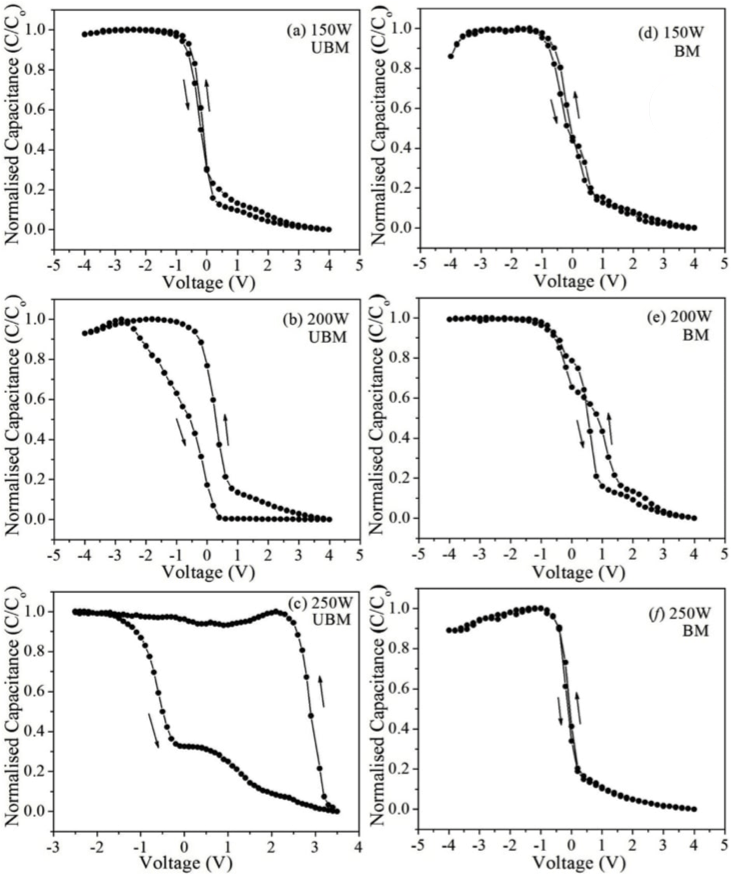
In contrast, for the thin film deposited by the unbalanced magnetron sputtering, the effect of hysteresis increases with the increase of applied power. Here, there is a shift of C-V curve with a flat band shift of about 3V at RF power of 250W, demonstrating as an electron trapping/de-trapping memory device.
The observed C-V behavior in both unbalanced and balanced magnetron systems are generally assigned to the creation/annihilation of traps in the growing films throughout the physical bombardment of the film by energetic Ar+ ions. To find out more about the results of this research, see the references.
Vac Coat Sputter Coaters
Vaccoat Ltd. produces vacuum coating systems, especially sputter coaters that have different models. For instance, DSR1 is a desk sputter coater with rotary pump and DST1-300 and 170 have a turbomolecular pump. In addition, DST3-T and DST3 have triple target and a turbo pump. DSCR and DSCT can not only deposit by sputtering process, but also coat by carbon coating method.
Other Sputter Coaters
References
- Gauri Shanker, P. Prathap, K.M.K. Srivatsa, Preetam Singh- Effect of balanced and unbalanced magnetron sputtering processes on the properties of SnO2 thin films, Current Applied Physics, 19 (2019) 697–703
- https://doi.org/10.1016/j.cap.2019.03.016


